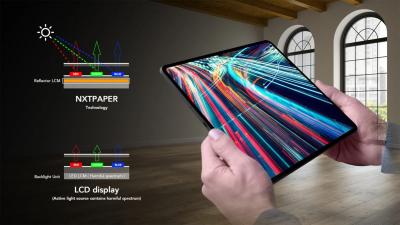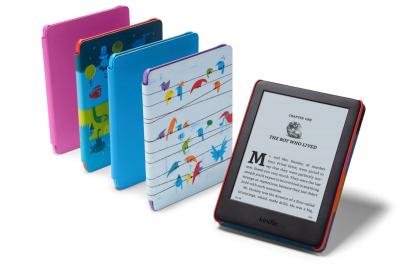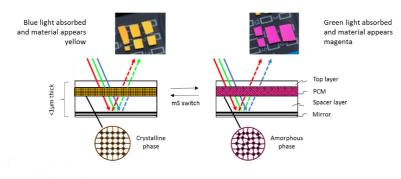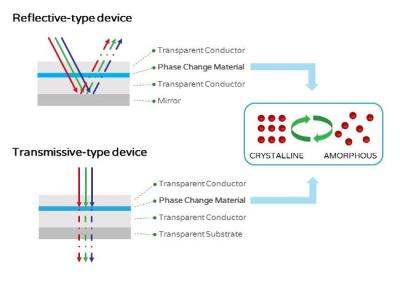An interview with reflective display developer Solchroma
US-based Solchroma develops a novel reflective inks and actuators based display technology, targeting the outdoor signage market (at least as a first step).

The company introduced its interesting technology at SID Displayweek 2021. The company's CEO, Dr. Roger Diebold was kind enough to explain the company's technology and business to E-Ink-Info.
Hello Roger, thank you for your time. Can you explain Solchroma's ePaper technology?
Solchroma creates reflective digital displays to change how we interact with the built environment and world around us. Solchromaâs technology is based on hydraulically forcing of colored liquid ink in and out of view. A backplane of actuators acts as an array of electrically-controlled pumps that push on nearby reservoirs of ink. Ink reservoirs are shielded from view by a white reflector, while simultaneously allowing passage of ink from the reservoirs behind the reflector to three sealed, viewable chambers stacked one atop the next on the viewable side.







